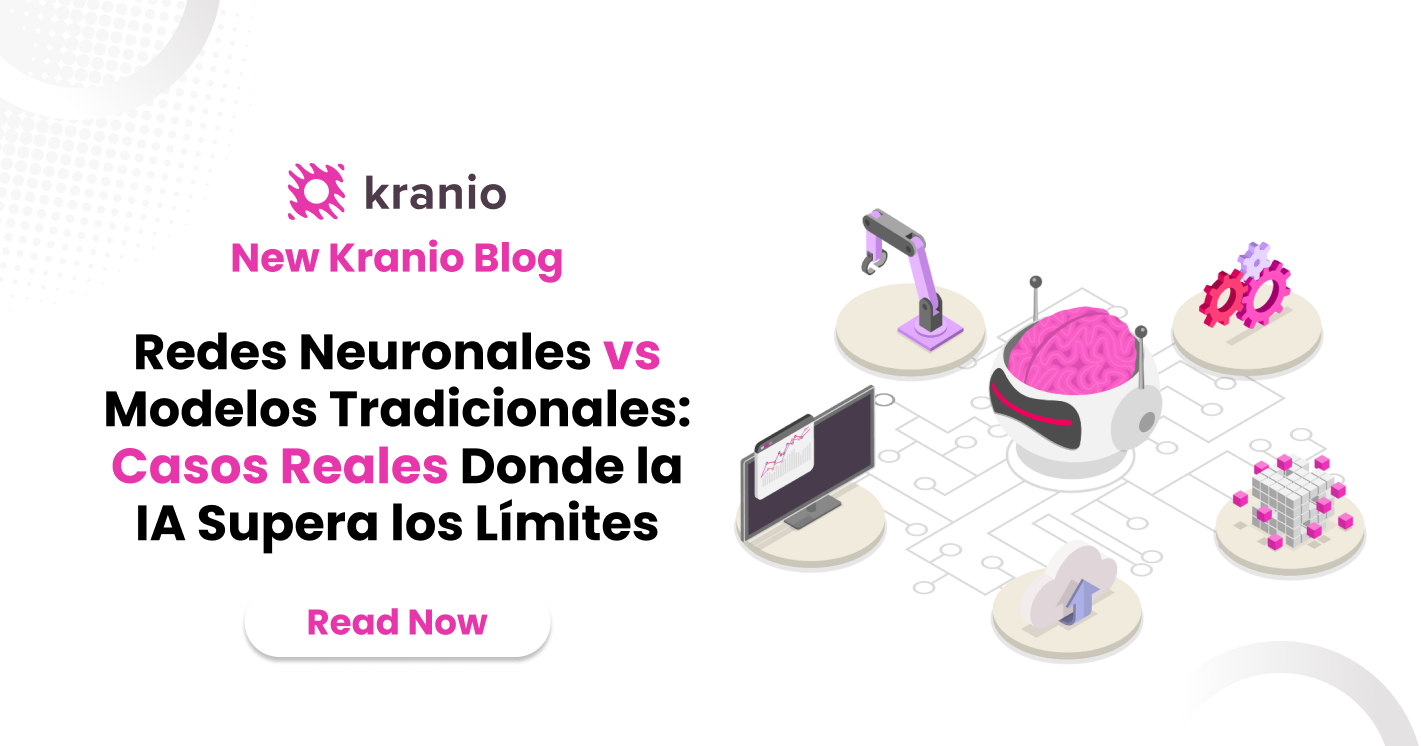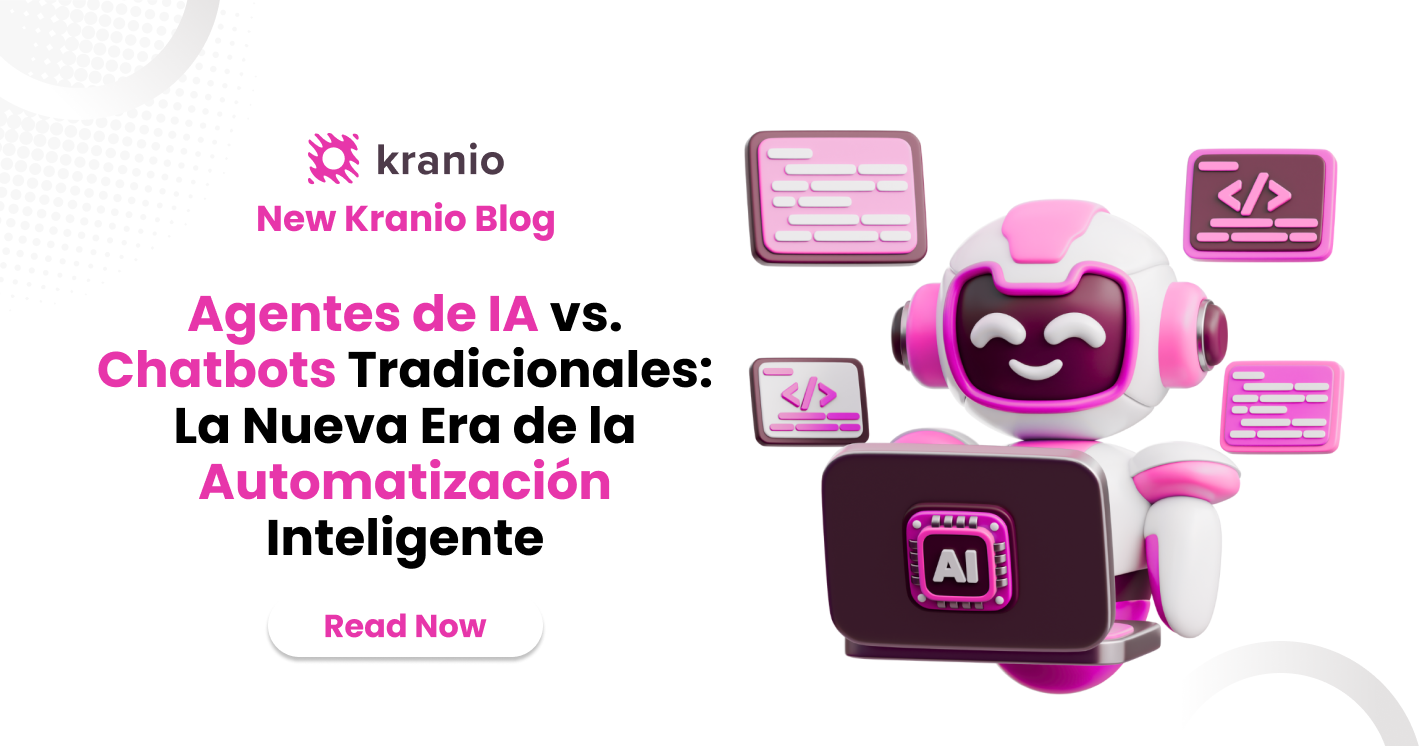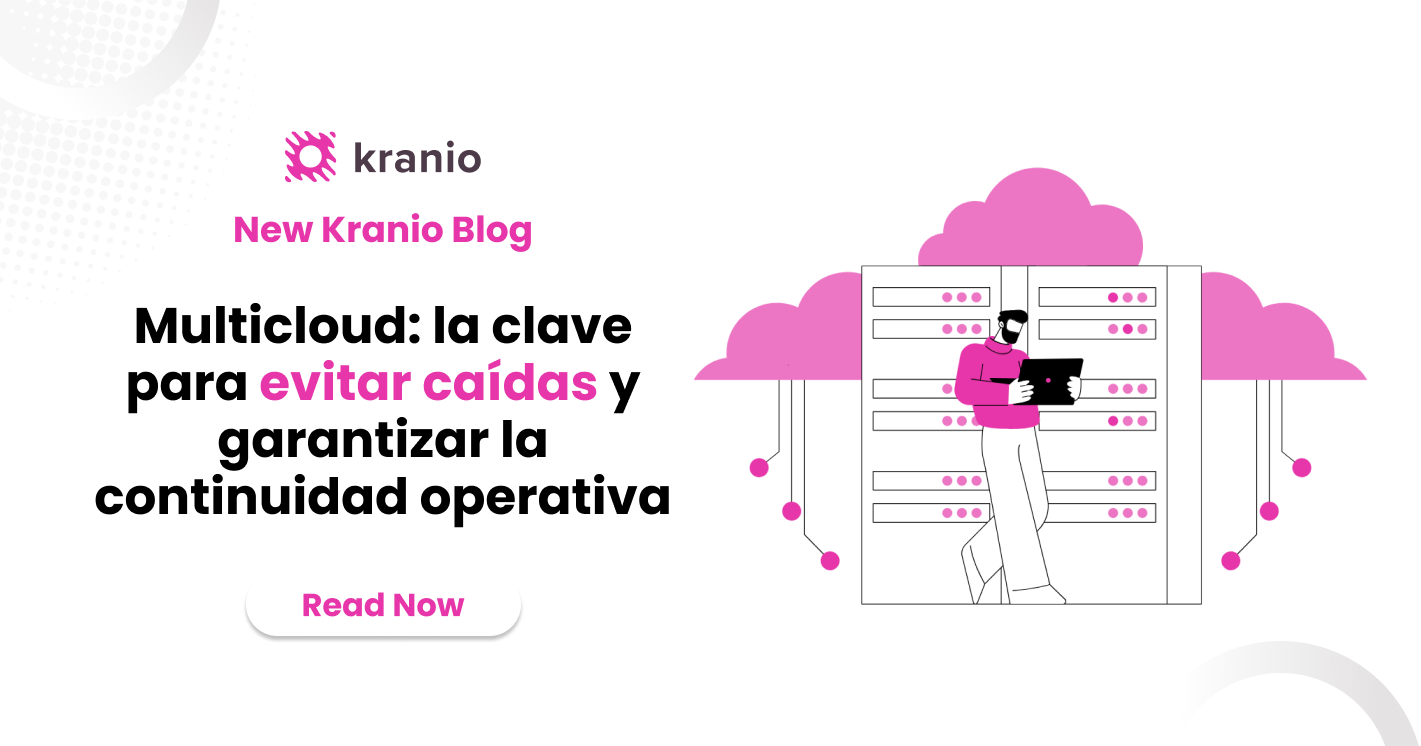The impact that a teaming What analytics brings to a company's business is obvious. Its greatest contribution lies in the ability to provide valuable information for each business area of an organization, presenting indicators that support decision-making.
More and more companies are looking to build their analytics teams. For this reason, we ask ourselves:
How simple is it to assemble an Analytics team?
If a company already has a team, are they really achieving the best results?
Are there still aspects that can be improved?
Statistics show that more than half of analytics projects will never reach productive environments, or will be discontinued by Do not provide the necessary indicators.
And most projects will cost more than adequate, since they don't use much of the captured data.
At Kranio, we are data specialists and we bring together the top 5 deadly sins that an Analytics and BigData team may be committing and that you should avoid. Keep reading and find out if you've fallen for them.
#1 - You are doing the project without involving the business user
For an Analytics project, a data source with terabytes of information, real-time data, state-of-the-art services, or graphical interfaces with the most current UI/UX techniques on the market is not enough.
If your project does not provide the necessary indicators to answer the questions of the business user and the organization, your project will fail.
One of the most important points of the Analytics team is to be able to answer key company questions:
What campaign can I do, when and where?
What audience can I serve?
What do my customers do and prefer?
What are the products and services that I need to improve?
What is the impact of my decisions?
The information and indicators presented by an Analytics project must impact a company's results and also decision-making. Data has no value if it doesn't trigger a business action.

That's why it's important to know the purpose of each piece of data to be worked on, and nothing better than having the participation of the business user.
This way you will have an Analytics team with technical and business expertise.
#2 - Your team is trained for an IT project
Often, organizations assemble analytics teams in a similar way to IT development teams.
IT development projects, such as web applications, focus on providing new functionalities, improving user interactions and having more predictable construction and deployment times.
But an organization must always be attentive to changes in the scenario in which it lives and constantly seek to improve in order to continue to bring results. And as we told you in sin #1, it's important that an Analytics team is as close to the business as possible.
Then, members of the Analytics team must:
- Be more attentive and responsive to changes, rather than impose development times.
- Control the quality of data, rather than exposing it on a dashboard.
- To be data specialists, rather than development generalists. If you don't have them, you can hire them quickly and remotely for a project.

You need to understand which tools and work methodologies will lead you to results faster. In our experience, we can recommend:
- Apply blocks of weather that respect the business instead of very tight or very long times.
- Focus on the Valor of deliveries, above the Time/Man
- Separate and maintain small groups with context limited by business area instead of global analytics teams.
#3 - You don't have a data culture
If you have one, you may not be considering business continuity.
As you saw in the previous points, there are organizations that assemble their analytics teams in a similar way to an IT development project.
In a Data culture, people have a shared purpose: to use data to make better decisions. Together, as an organization, they understand data and amplify the impact it can have on different business areas.
It is common that in this type of project, your team uses manual processes for extracting, transforming, cleaning data, surveying services, or others. Nor do you have visibility of the cleaning and transformation flows of data for consumption, not covering cases of failures or loss of information along the way. This makes climbing a nightmare.
It is very important to have pre-defined procedures and solutions from the start to ensure operational continuity. You should ALWAYS consider at least:
- Do not use, or reduce to a minimum, validations manuals.
- Dar visibility of the transformation and cleansing flow of data for consumption
- Raise and use metrics to ensure quality of the data in each applied transformation.
In modern organizations, it's not enough to have a data culture, it's essential to operationalize the data in each Analytics project.
#4 - You don't have a clear definition of your stack
One of the most fascinating things about working with analytics projects is the diversity of tool, service and technology options. It's a giant universe!
It is common for this type of equipment to constantly use new tools, or create new solutions in different ways.
-min.jpeg)
However, the risk is to end up using a large number of services and technologies:
- More complex maintenance.
- obsolescence of solutions that require new developments.
- Need for more knowledge of the team.
Have engineers and architects to define and update the Stack of the project - the set of tools and technologies - will help limit complexity and simplify flows.
With the well-defined stack, adding new members to the team is easier, the requirements to apply for the position are more specific, and the operation of services in productive environments is simpler.
This is also the case of teams with defined stacks but that have not been updated. It is very important that your team is open to improving the architecture, incorporating the use of new tools available in the market, or integrating new concepts, because it will help the business achieve results faster.
#5 - You depend on infra on-premise
One of the main topics when working with analytics projects is the Scalability.
As your project progresses, you'll have more data, users, and indicators. It's critical to be able to scale in capacity, speed and at a reasonable cost. However, increasing on-premise infrastructure is slow, expensive and complex.
The analytics team cannot be tied to the local infrastructure. Although you will have legacies and on-premise systems that generate data, once injected into the analytics project, all processing is in the cloud. This frees the team from wasting time using and configuring local infrastructure, allowing them to stay focused on the project itself.
It is important that solutions are designed from the start with scalability in mind, and with high availability, considering the need for greater resources over time, as well as the costs involved. In addition, the trending The thing is that most infra-standards, such as databases, will already be cloud native.
Among the advantages of Cloud services, the main ones are Scalability and the low cost. Another great benefit is that it allows you to test, prototype, make a quick MVP to demonstrate capability before committing to a large scale project.
Conclusion
The Analytics team must stay close to those who will ultimately use the data they provide, because they are the business areas who have the questions that need to be answered. At the same time, the business must stay close to the Analytics team, because from the latter it will get the answers.
If you want to ensure the success of your analytics project, you must also have the necessary stack and expertise in your team, with a data culture that quickly operationalizes them, and not rely on infra on-premise to scale your project.
At Kranio, we help our clients achieve results and avoid committing these sins that could cost the success of the project:
- You are doing the project without involving the business user
- Your team is trained for an IT project
- You don't have a data culture
- You don't have a clear definition of your stack
- You depend on infra on-premise
Ready to take your analytics and Big Data project to the next level?
At Kranio, we have a team of experts who will help you avoid these common mistakes and implement effective solutions for the success of your data initiatives. Contact us and discover how we can contribute to the success of your company.











.png)
.png)
